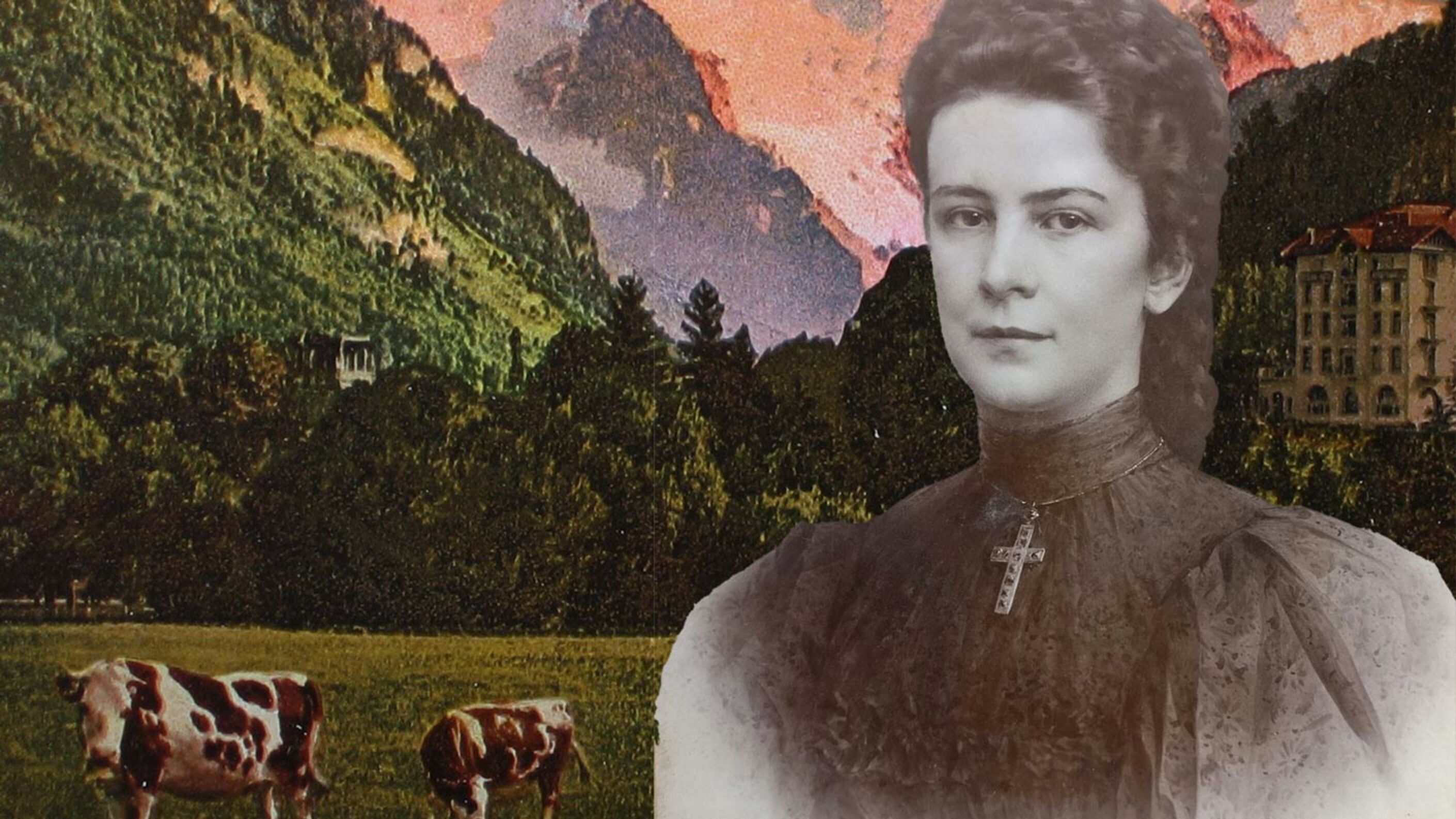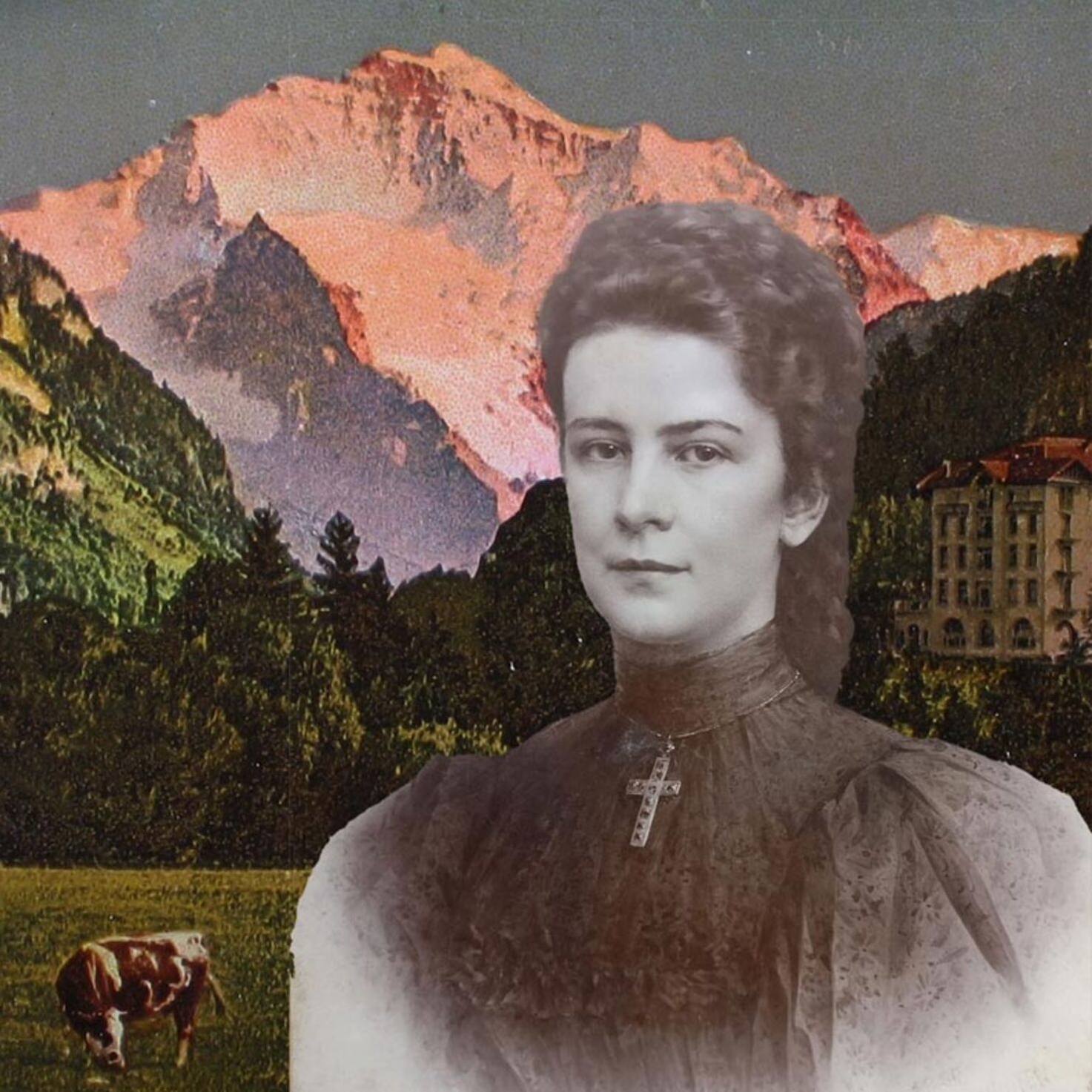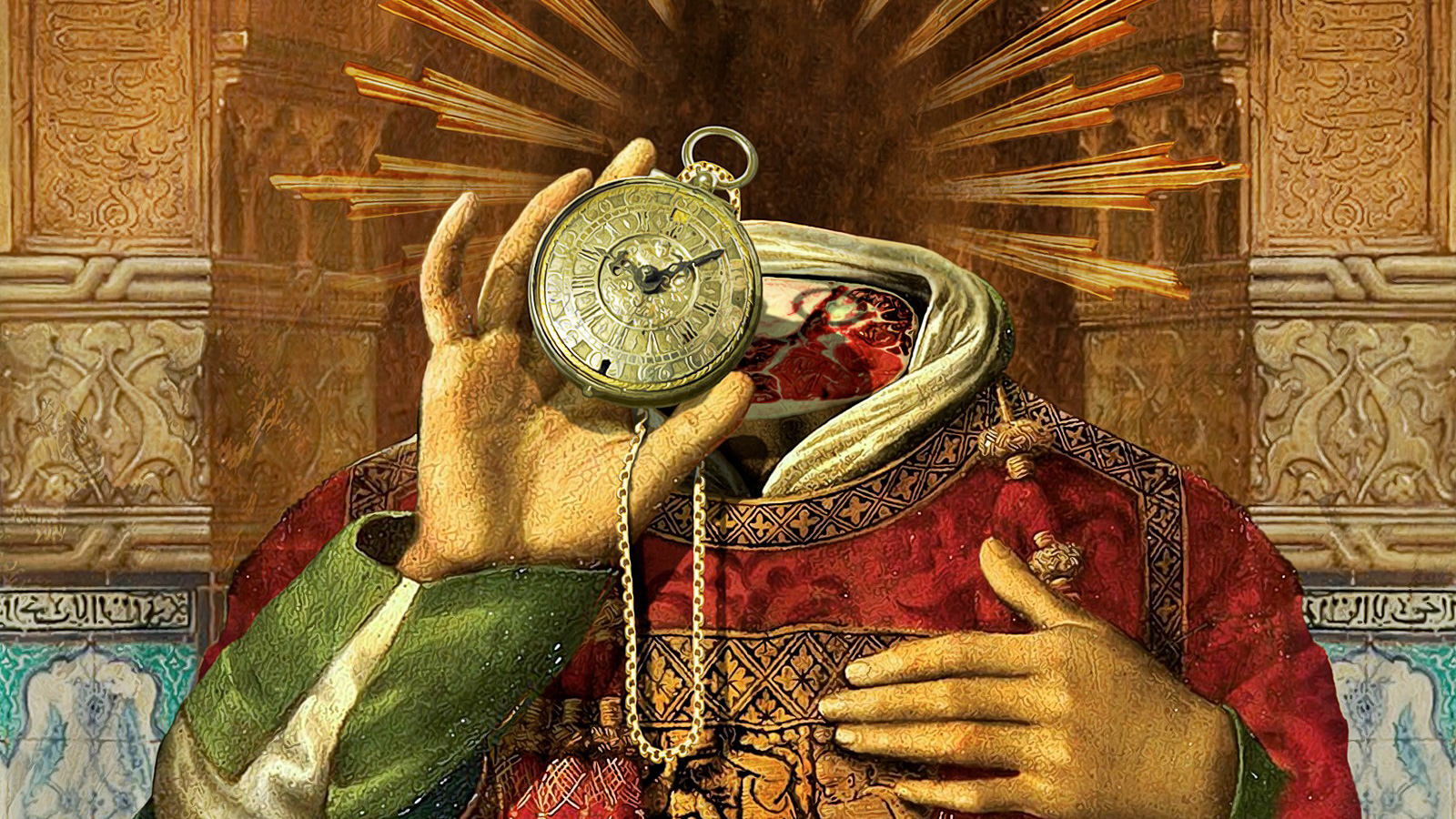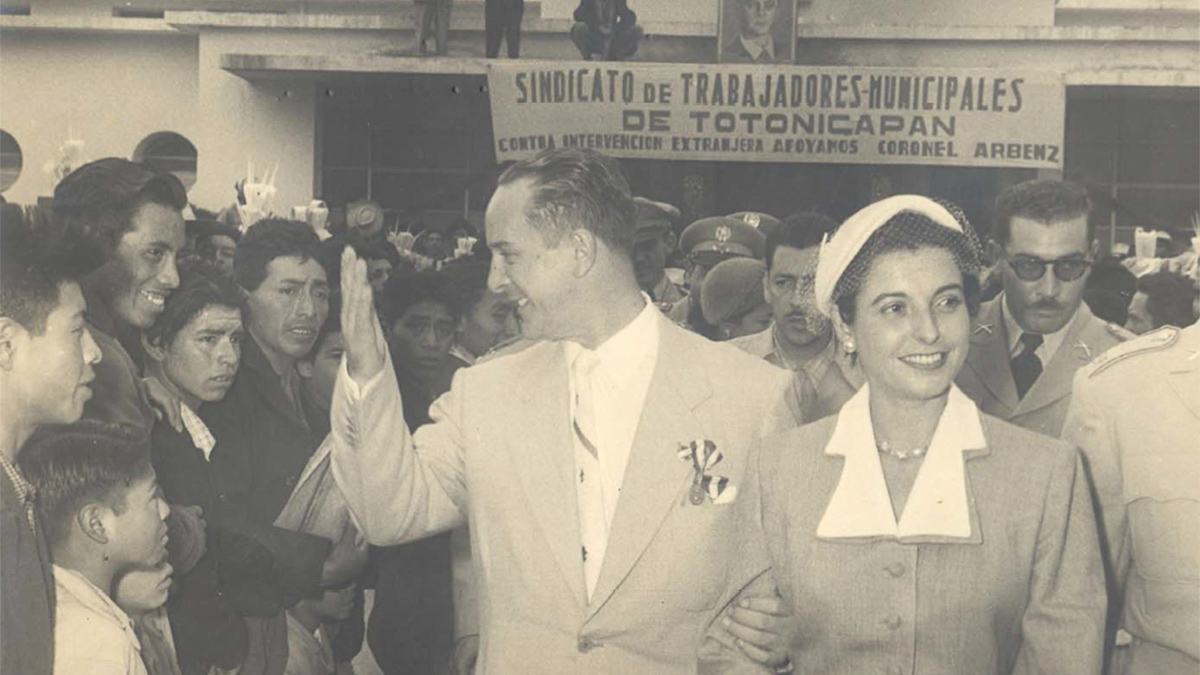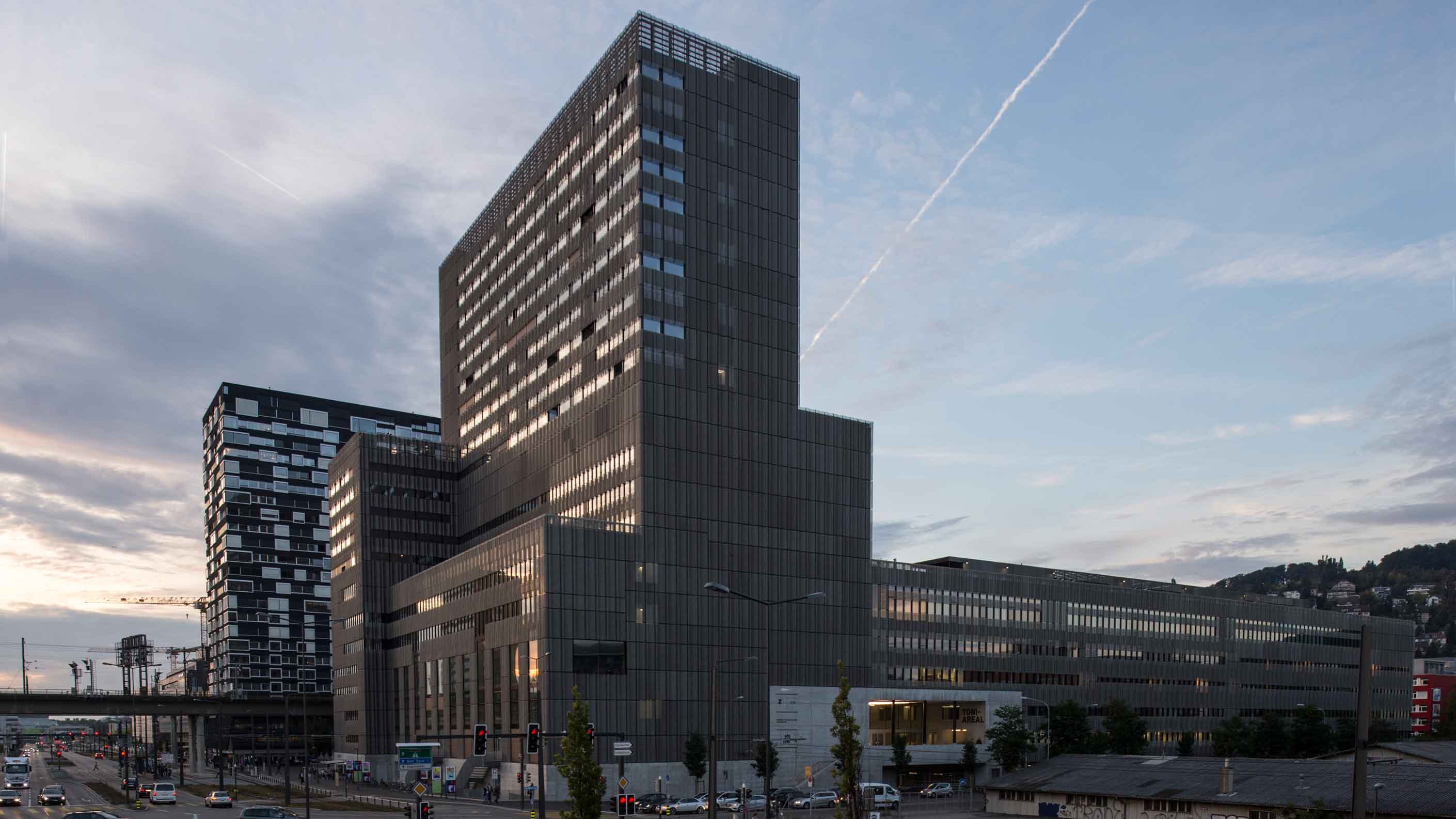Bernese whey receives royal approval
Sisi, the famous Empress Elisabeth, was a much more frequent visitor to Switzerland than previously known. She visited the Bernese Oberland in 1892, where she very much enjoyed a local product normally used as pig feed ...
In 1892, Elisabeth, Empress of Austria and Queen of Hungary, was well known throughout Europe and attracted a lot of attention wherever she went. People in Switzerland were no exception and they were keen to catch a glimpse of the monarch when she visited Zurich at the end of August. She proceeded from Zurich to Lucerne, and then on to Rigi Kaltbad, before arriving in Interlaken on 16 September. She travelled under the pseudonym ‘Madame de Tolna’. However, it would be wrong to think that the media in Switzerland tracked the monarch’s every move. The newspapers in those days did not share the current media obsession with the nobility. As a result, there are relatively few reports on Sisi, as the Empress was known in her family.

Brief statement about the Empress in Intelligenzblatt für die Stadt Bern of 14 September 1892. e-newspaperarchives
There is no record of how long the illustrious visitor spent in Interlaken-Matten. The newspaper Tägliche Anzeiger für Thun refers to a “short stay”, while the Geschäftsblatt für den oberen Teil des Kantons Bern reported a break “lasting several weeks”. The Empress evidently based the duration of her stay on the weather. The hoteliers were experiencing the onset of the autumn blues as heavy downpours hastened the departure of two-thirds of the guests.
Following the arrival of Elisabeth of Austria, the weather suddenly improved. After some grey and cold days, Sisi experienced “wonderful, bright autumn days”, according to the Neue Freie Presse, and the hotels filled up again, especially when word got out that the Empress was in town.
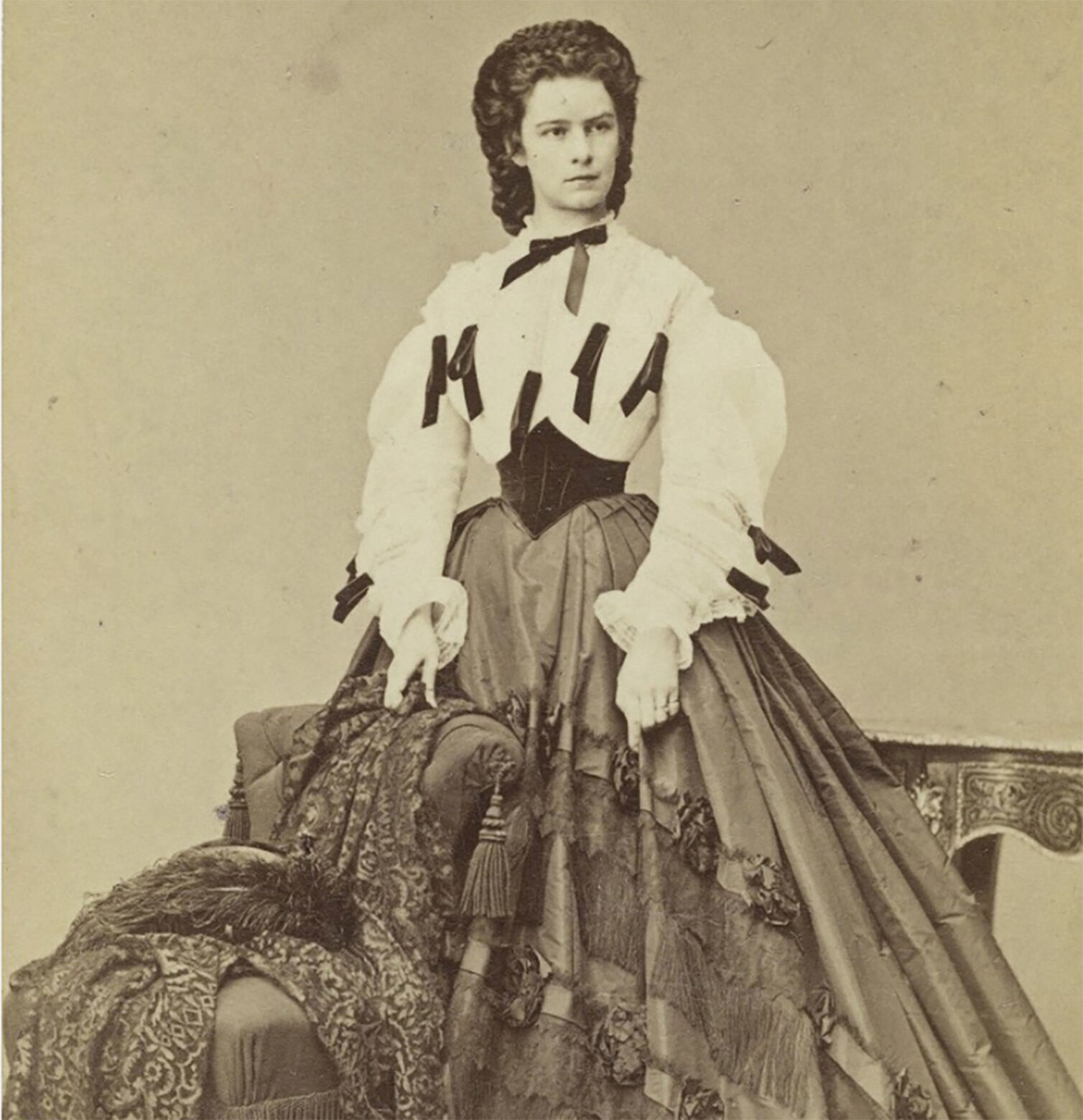
The Empress wearing a Swiss blouse and Bernese belt: Elisabeth had this photograph taken in Vienna. Wikimedia / Ludwig Angerer
The Hotel Jungfraublick enjoyed an elevated location and was visible from afar. This afforded the guests one of the best views in the area. The hotel had a panoramic trail in the nearby woods with a viewing platform and pavilion. Tourism was growing in the Jungfrau region. However, in those days Interlaken was still fighting for a place on the tourist map. Not least because, until 1891, it was known by the somewhat clunky name of Aarmühle. The town then changed its name in what proved a marketing masterstroke, albeit against the will of the local official.
Cooperation
This article originally appeared on the Swiss National Museum's history blog. There you will regularly find exciting stories from the past. Whether double agent, impostor or pioneer. Whether artist, duchess or traitor. Delve into the magic of Swiss history.
However, it is unlikely to have impressed the Empress, who kept raising the bar with regard to her personal wellbeing. This almost drove her lady-in-waiting to despair: “With the best will in the world, I still can’t do everything.” Nonetheless, Sisi showed a different, more gregarious side to her character in Interlaken. Perhaps she was relieved to hear that successor to the throne Franz Ferdinand had become engaged to Belgian princess Clementine? In any case, Sisi was happy to chat with the locals on her walks and seemed to understand their dialect reasonably well, “as the conversation was never stilted”, according to Vienna broadsheet Neuigkeits-Welt-Blatt. The article went on to say that the Empress: “Spread enchantment everywhere through her simplicity and affability”. As over the top as that may sound, her temperament had obviously improved somewhat.
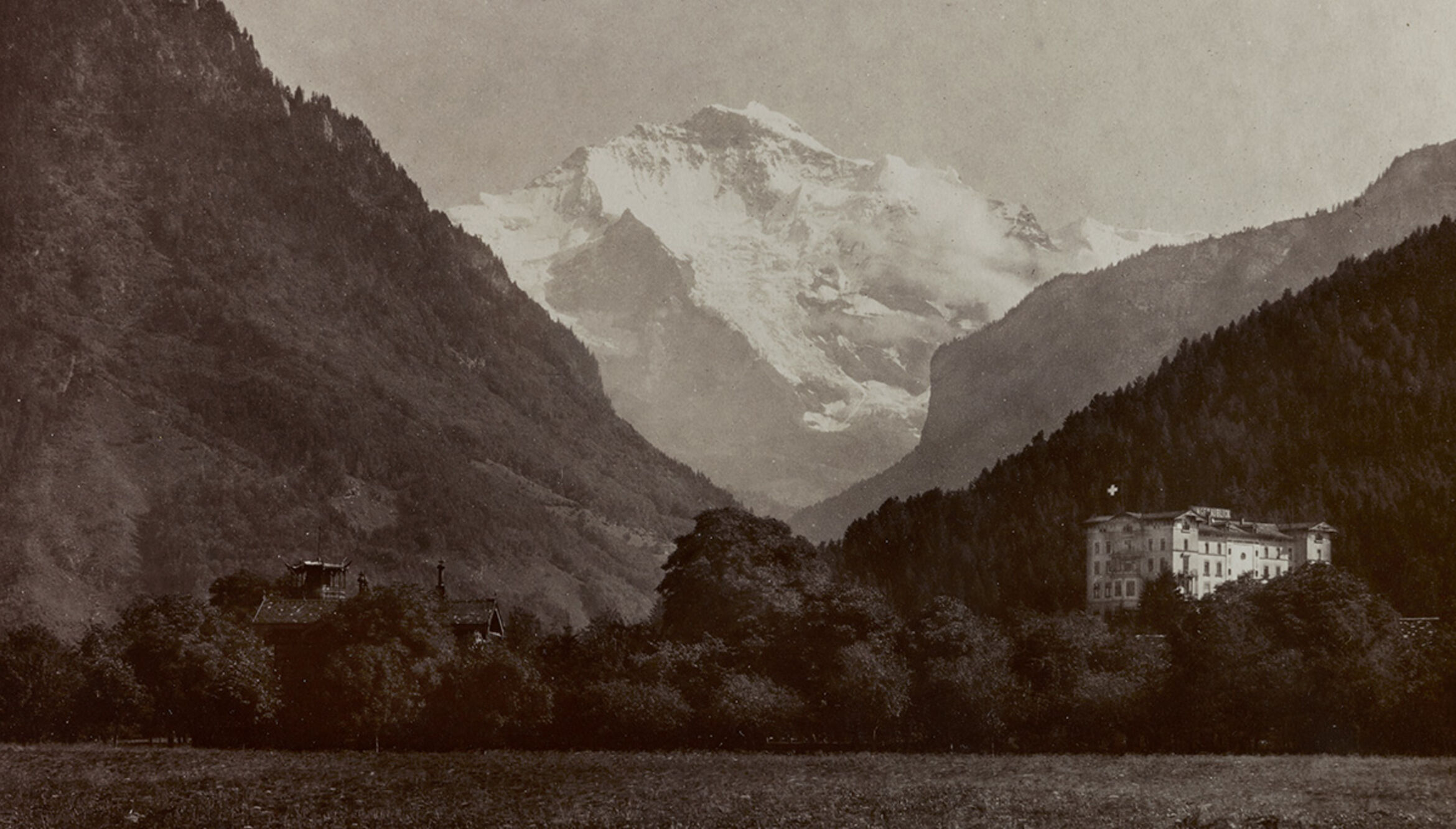
Hotel Jungfraublick on a photograph by Adolphe Braun, circa 1900. Schweizerisches Nationalmuseum
Sisi planned trips to Lauterbrunnen, Mürren and Beatenberg, going on long hikes and bringing her own provisions from the hotel comprising cold meat and cream. Elisabeth spent a week in the Bernese Oberland and underwent a type of spa treatment while in Interlaken where she only drank milk products. She either had cooled milk or whey, which she had brought to her specially every day. Whey is a byproduct of the cheesemaking process and takes the form of a greenish-yellow liquid. It contains practically no fat as it is 94 per cent water, which would have appealed to the Empress who was obsessive over her weight. In those days, as is still the case today, the watery liquid was used more for pig feed than human consumption.
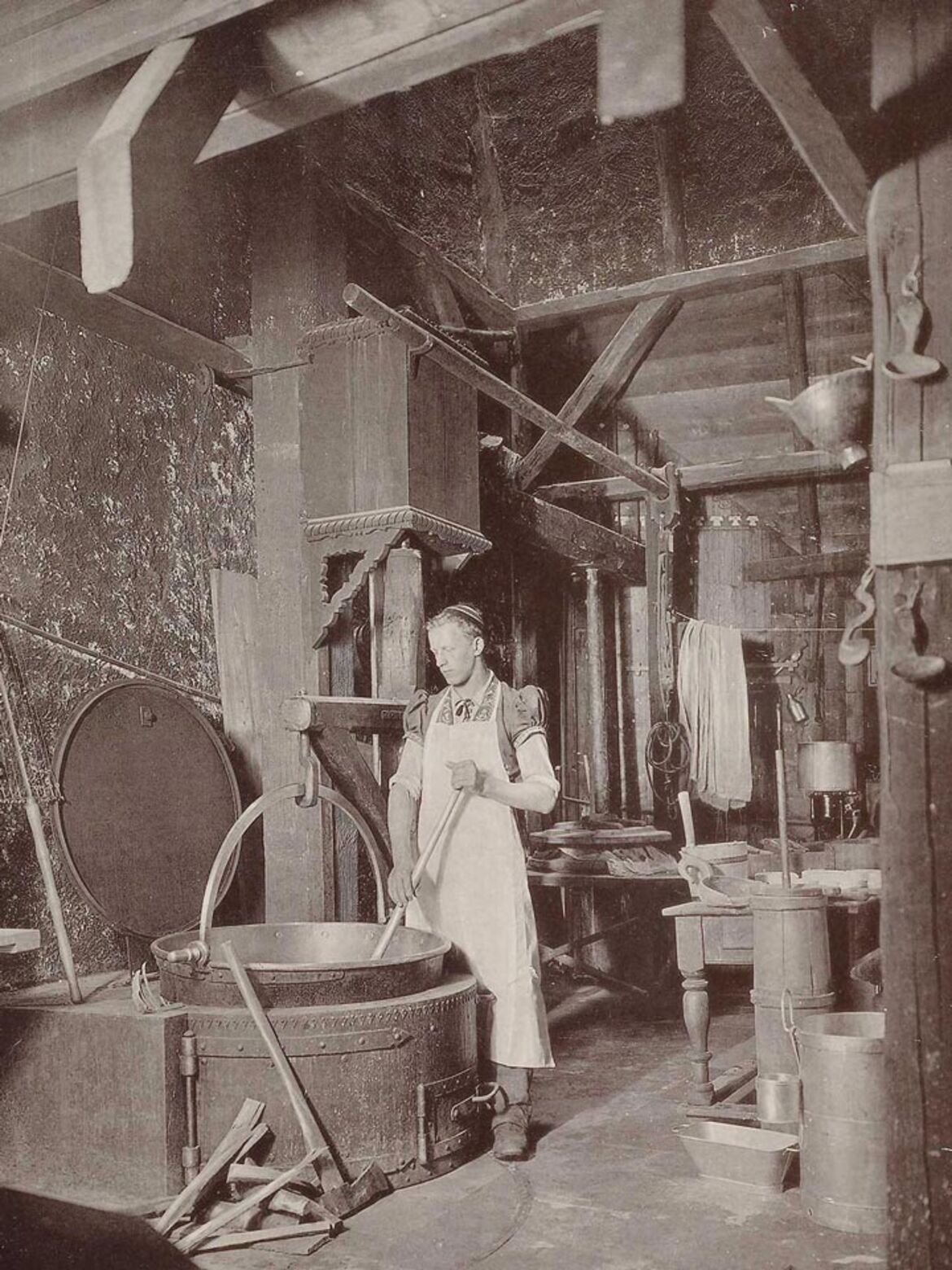
Life-size replica of a dairy at the 1896 National Exhibition in Geneva: the premises at Lake Brienz probably looked similar. ETH Bibliothek Zürich
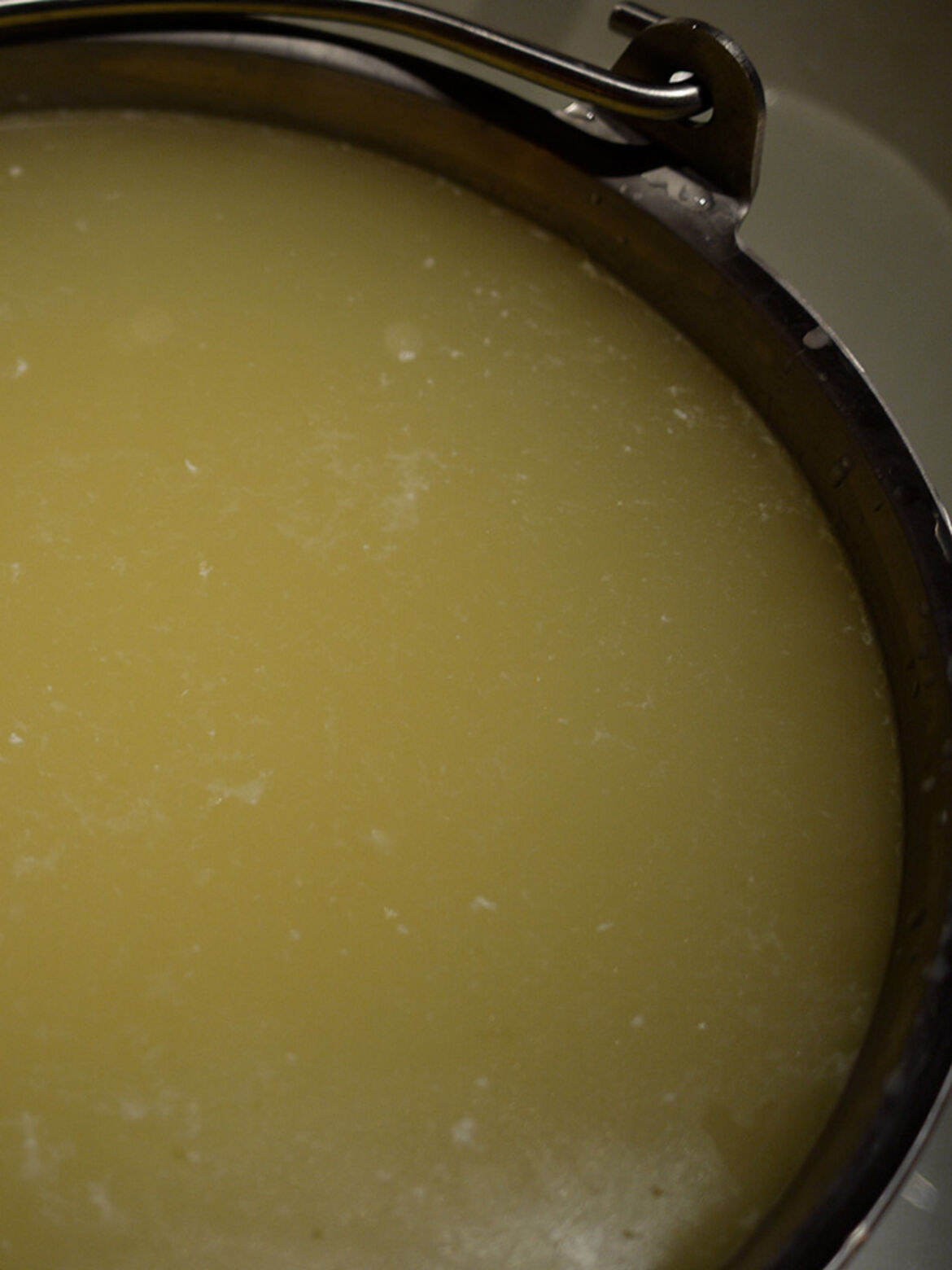
Watery whey: the liquid left after making cheese. Wikimedia
The Empress was so taken by Bernese Oberland whey that she visited cheese producer Jakob Blatter’s dairy in Oberried by Lake Brienz. Sisi had everything about the production process explained and she paid handsomely for detailed instructions on how to make whey. She even subsequently sent her personal physician there and said that she had not drunk such “excellent and pure whey anywhere else”, as the newspaper Intelligenzblatt für die Stadt Bern proudly reported. Despite the royal seal of approval, whey failed to catch on either as a drink or as a dietary product. Around 1900, the Historical Dictionary of Switzerland called it “useless”. The pigs would have been pleased.
